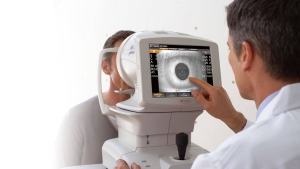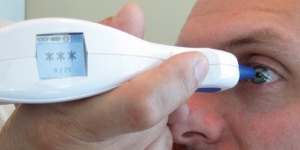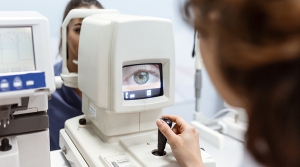The wavefront analyzer is a revolutionary tool in the field of ophthalmology. It is an imaging device that provides detailed information about the optical system of the eye, allowing ophthalmologists to diagnose and treat a variety of visual disorders. By analyzing the wavefront data, ophthalmologists can create customized treatment plans that improve the patient’s vision and quality of life.
The wavefront analyzer measures the way that light travels through the eye, providing a detailed map of the optical system. The device works by sending a beam of light into the eye and analyzing the pattern of light waves that are reflected back. This data is then used to create a three-dimensional map of the eye’s optical system, including the cornea, lens, and retina.
What is the Wavefront Analyser used for?
One of the primary uses of the wavefront analyzer is to diagnose and treat refractive errors. Refractive errors occur when the eye’s optical system is not perfectly shaped, leading to blurry or distorted vision. Common refractive errors include myopia (nearsightedness), hyperopia (farsightedness), and astigmatism. By analyzing the wavefront data, ophthalmologists can create customized treatment plans that correct these refractive errors, improving the patient’s vision.
Another use of the wavefront analyzer is to diagnose and treat higher-order aberrations. Higher-order aberrations are more complex visual problems that cannot be corrected with traditional glasses or contact lenses. These aberrations can include halos, starbursts, and double vision. By analyzing the wavefront data, ophthalmologists can create customized treatment plans improving the patient’s visual quality.
The wavefront analyzer can also be used to monitor the progress of certain treatments, such as LASIK surgery. LASIK is a popular refractive surgery that reshapes the cornea to correct refractive errors. By analyzing the wavefront data before and after surgery, ophthalmologists can track the progress of the healing process and ensure that the patient’s vision is improving as expected.
Capabilities of the Wavefront Analyser
In addition to its diagnostic and treatment capabilities, the wavefront analyzer has also been used in research to better understand the human eye. By analyzing the wavefront data researchers can gain insights into how the eye works and how it can be improved.
In conclusion, the wavefront analyzer is a powerful tool in the field of ophthalmology. By providing detailed information about the eye, it allows ophthalmologists to diagnose and treat a variety of visual disorders. With its ability to monitor the progress of treatments, the wavefront analyzer has revolutionized the way we approach vision care.






